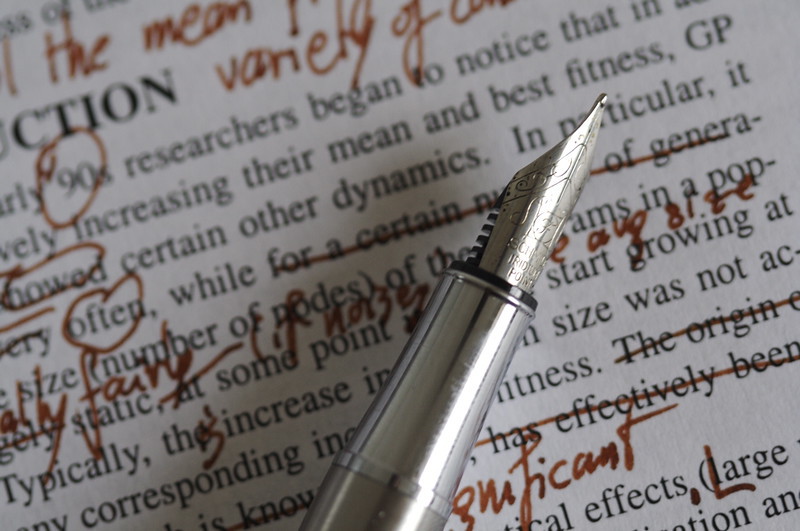It is becoming more and more common in books to see harmful stereotypes that negatively stigmatize certain demographics being applied to minority characters. You may see these characters have a racially stereotypical name or being treated differently based on their ethnicity. Just because an editor gives the green light on a book with minority experiences or narratives, does not mean that the character’s actions or how they are treated aren’t based on demeaning stereotypes. One editor can’t be responsible for providing feedback on how an entire demographic is portrayed—this is why it’s important to have multiple sensitivity readers look at the manuscript.
Sensitivity reads have become an important aspect of editing in recent years. When an author who does not identify with a characters’ demographic writes experiences or narratives from that character’s perspective, a sensitivity read—also called a diversity read—can help point out any potentially harmful stereotypes that a character may be subjected to in the book. Whether or not you like the idea of sensitivity readings, one fact is clear: sensitivity readers play a pivotal role in the editorial process when a character is written outside of a writer’s demographic.
Many authors may oppose the use of sensitivity readers because of issues regarding censorship, but underneath it all, sensitivity readers can help identify any internalized oppression that an author may have written about.
Having two or three sensitivity readers on a manuscript is ideal, not only to ensure that the author has feedback from different perspectives, but also to ensure that a culture or demographic doesn’t become a monolith, especially when there are multiple diverse narratives.
Finding a sensitivity reader who identifies with the same demographic as a minority character is a difficult process. In the Diversity Baseline Survery conducted by Lee & Low Books on the overall diversity within the publishing industry, it was found that 76 percent of people in the industry are White/Caucasian, 74 percent are cis-women, 81 percent are straight/heterosexual, and 89 percent are non-disabled. Finding sensitivity readers is a lot like trying to find a needle in a haystack for some, but it should not be a deterrent in looking for sensitivity readers.
Don’t assume that just because a sensitivity reader is from the same demographic as the character they are automatically the end-all-be-all for feedback. Multiple sensitivity readers working on the same manuscript is proven to be incredibly beneficial.
None of this is to say that an author should write a book that is void of diverse characters, in fact, quite the opposite is true—we need more diverse characters! We just want to push authors to seek assistance from multiple sensitivity readers when they do write about these types of characters. Of course, how to employ the right kind of sensitivity reader is a whole other topic, but regardless, it is expected that the author does their research.

